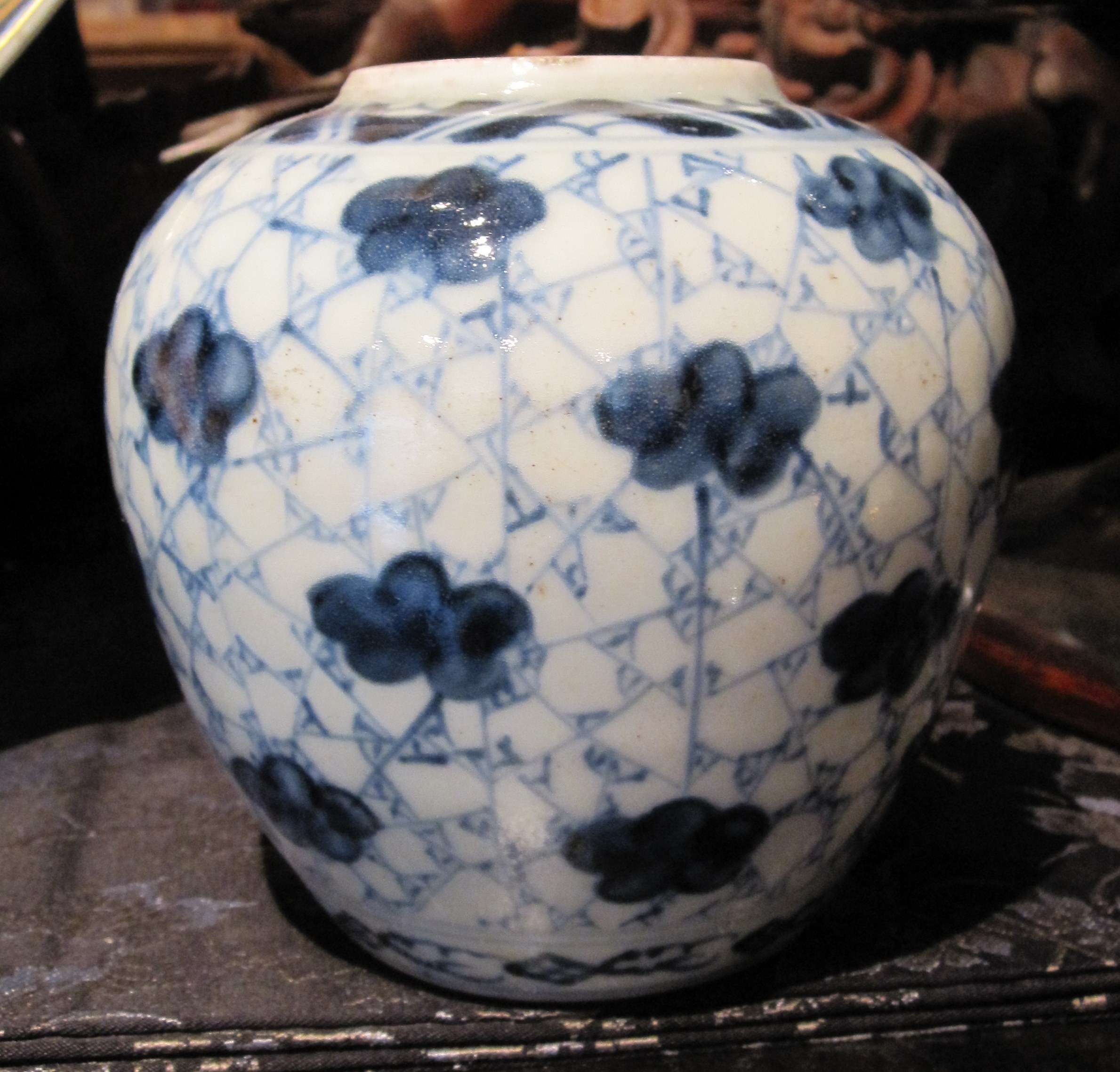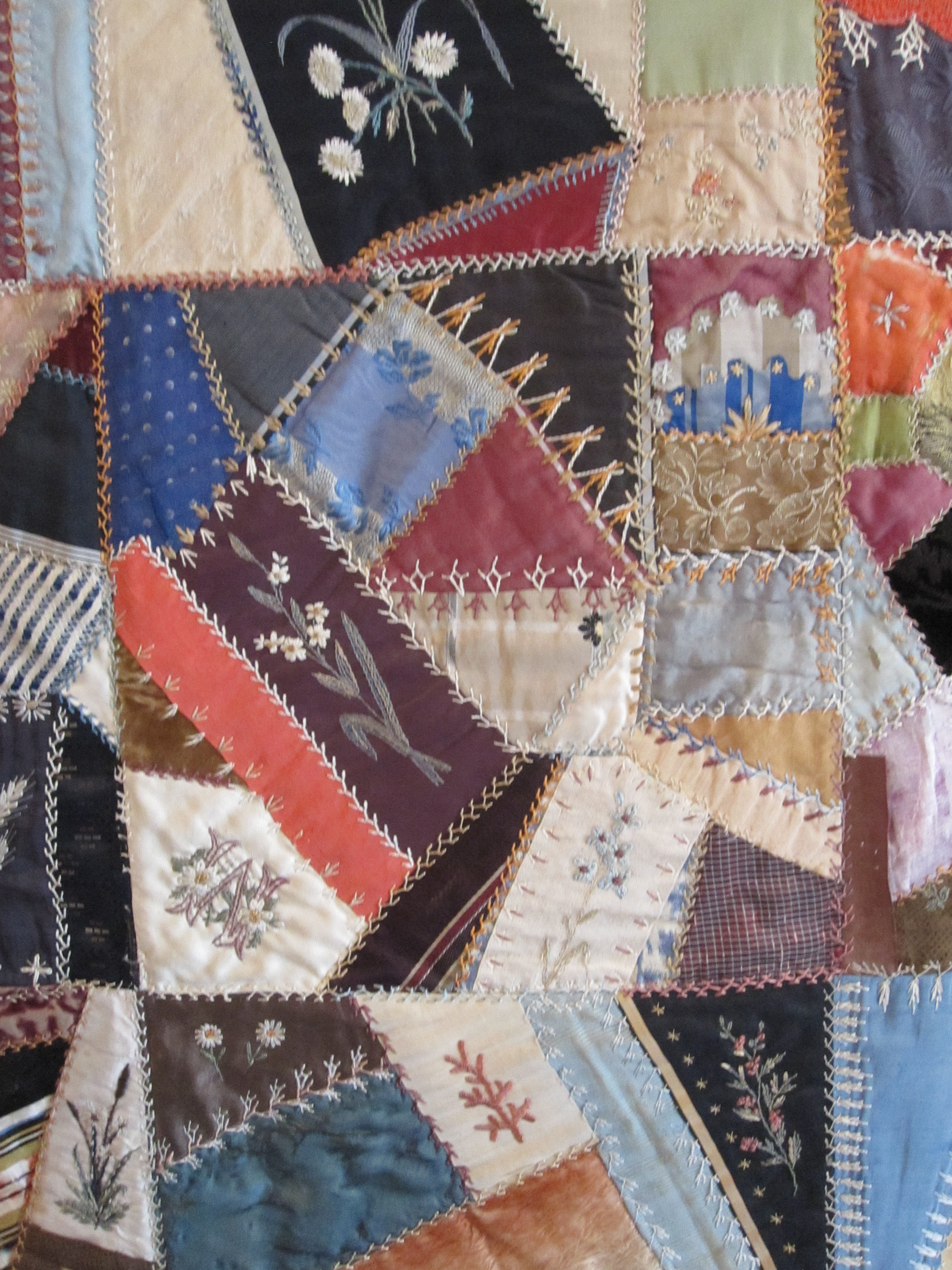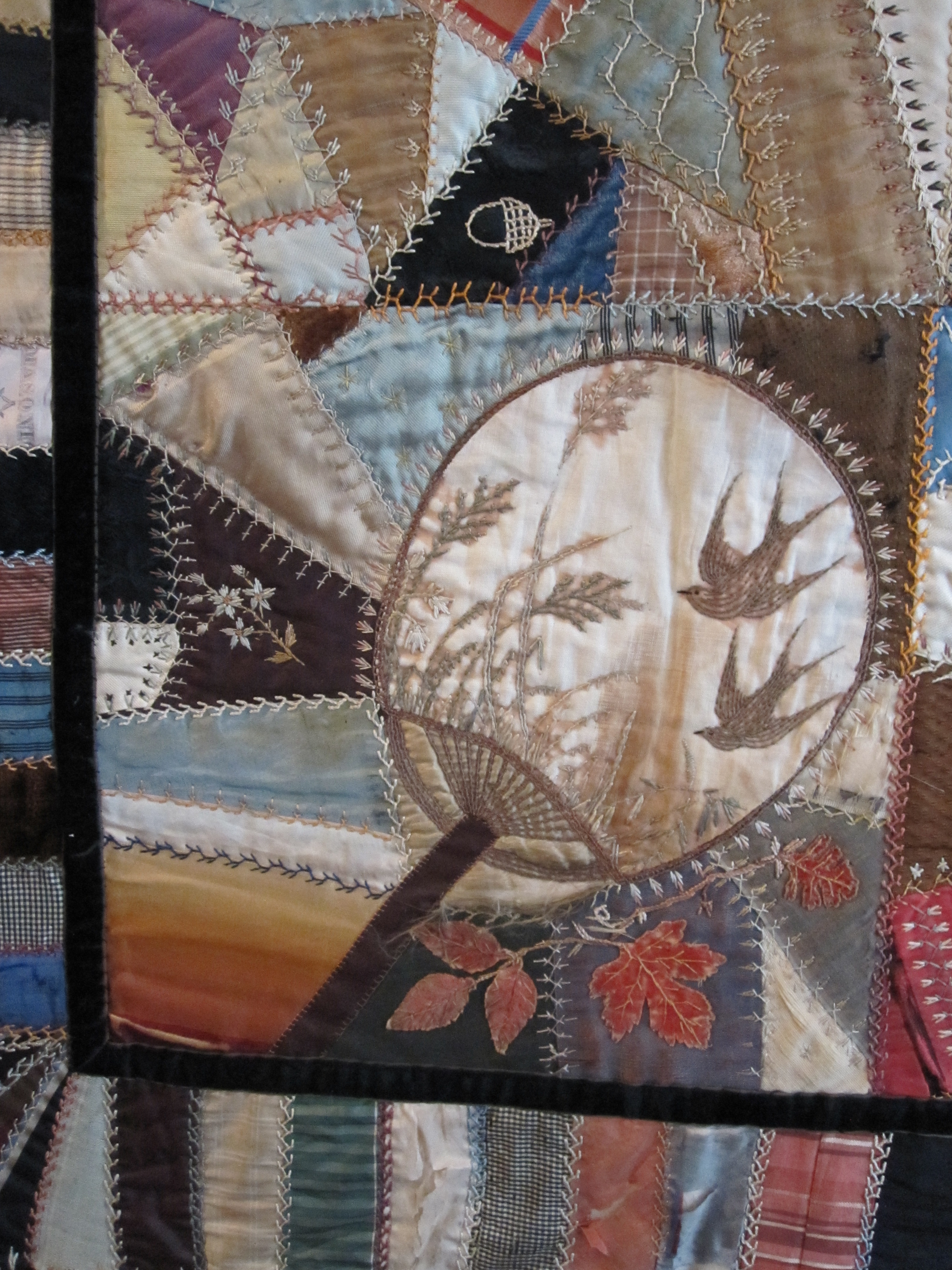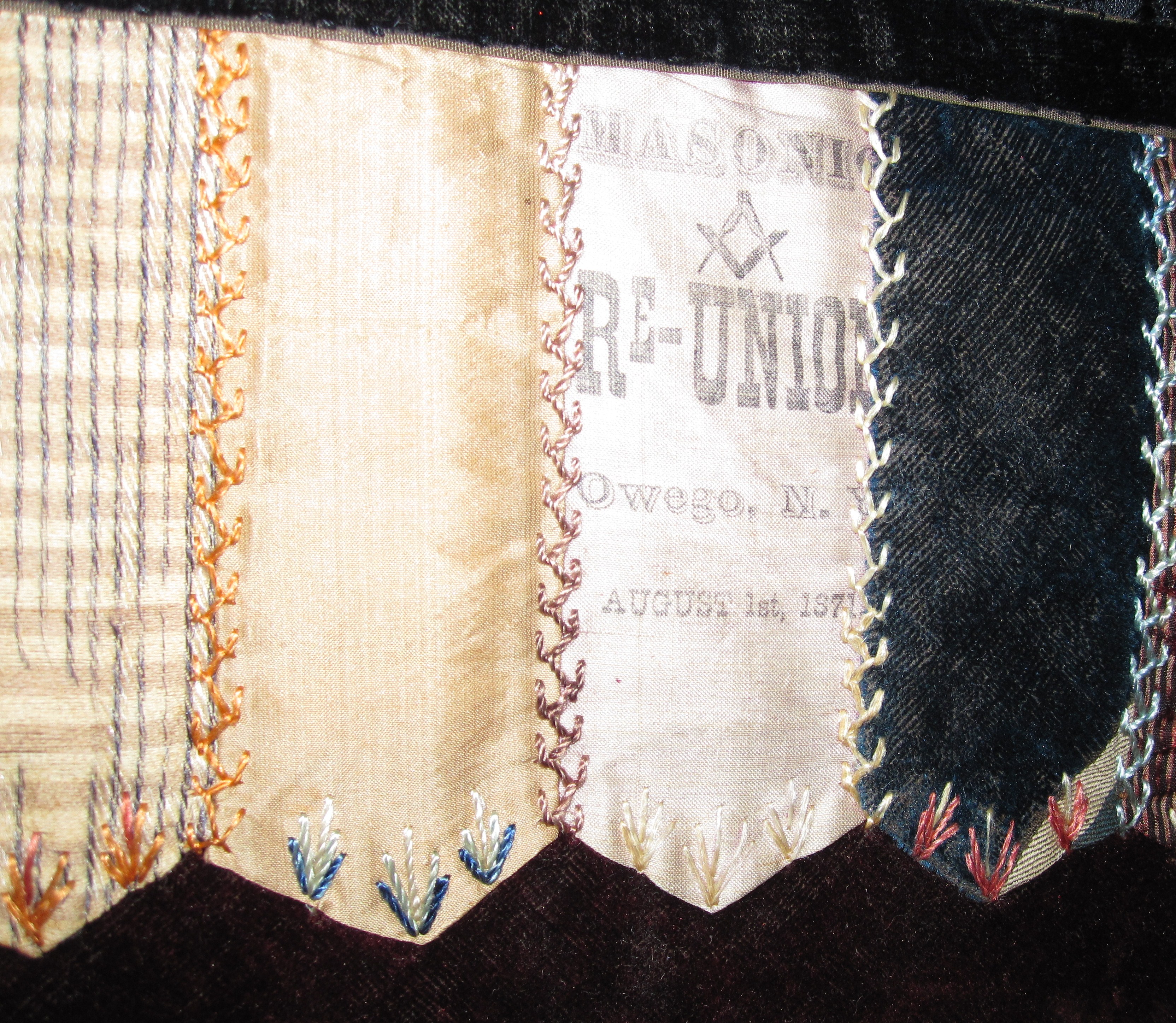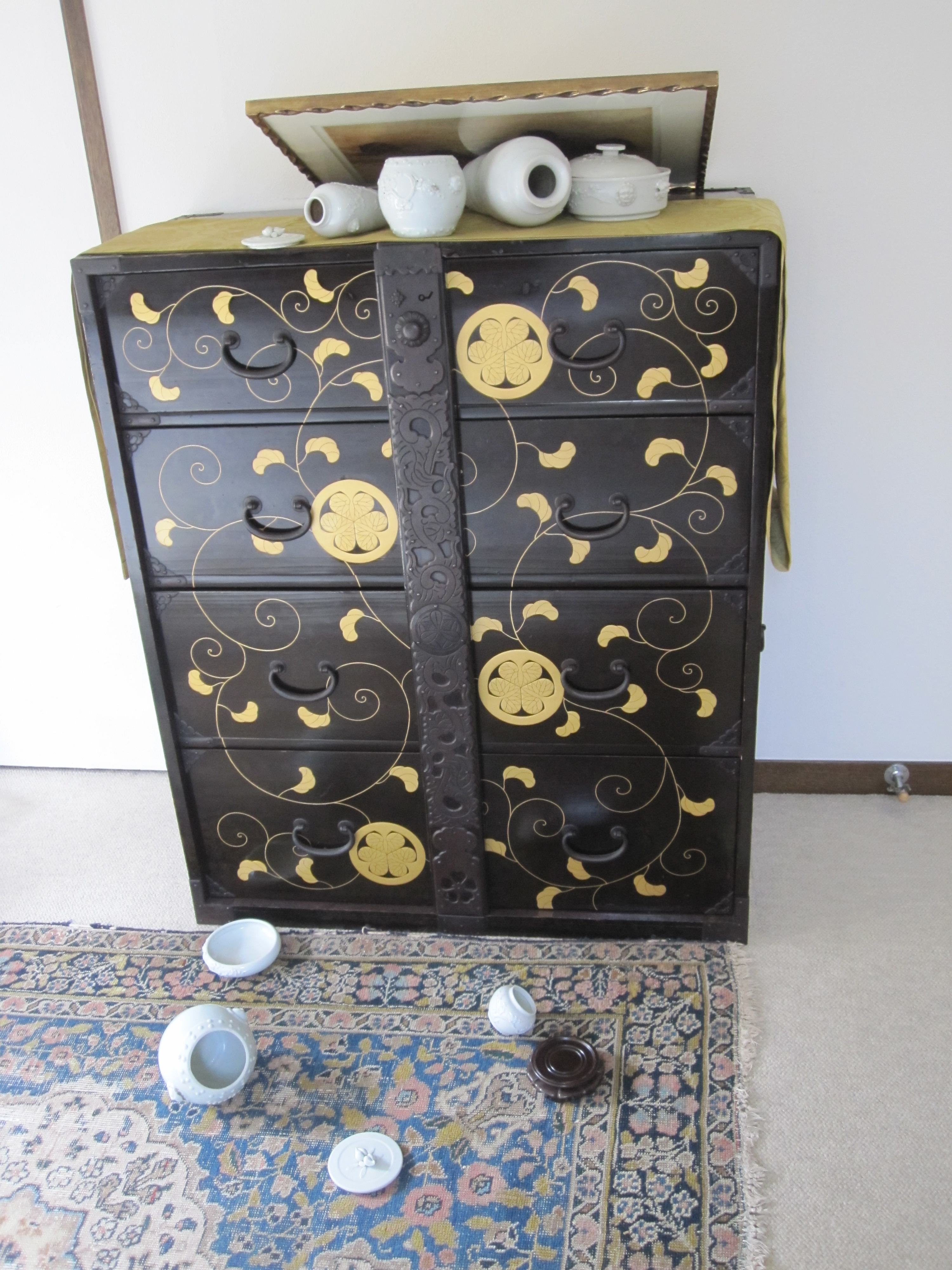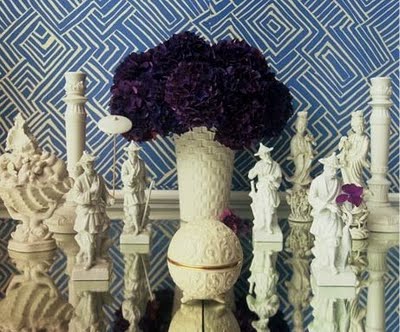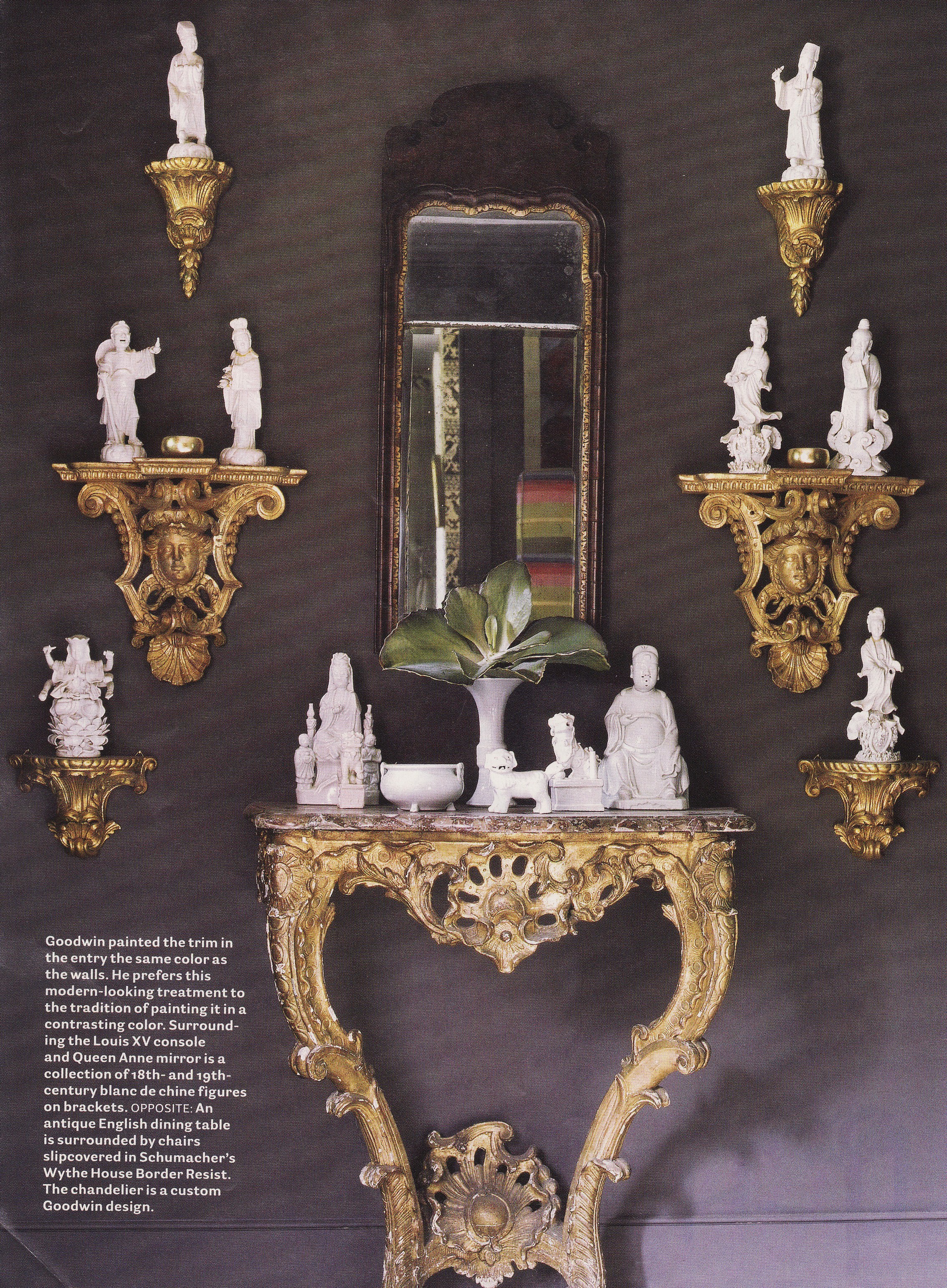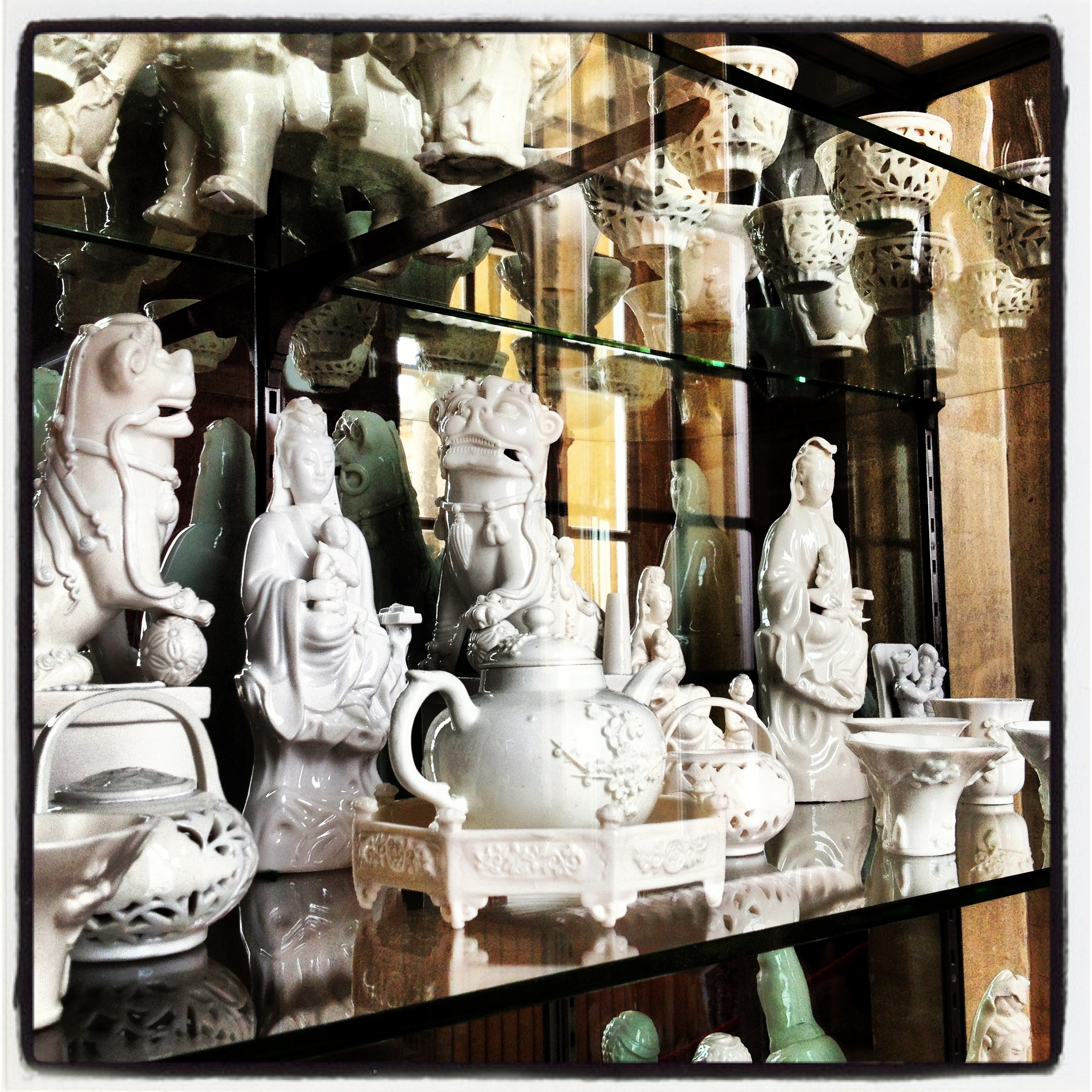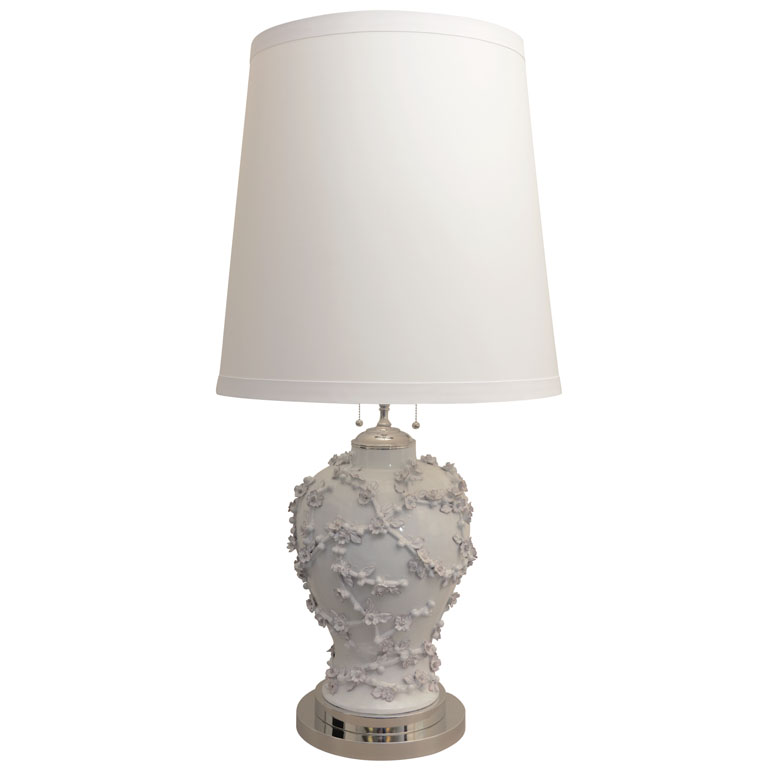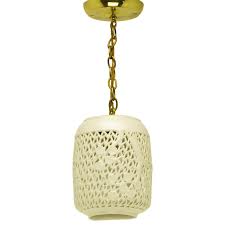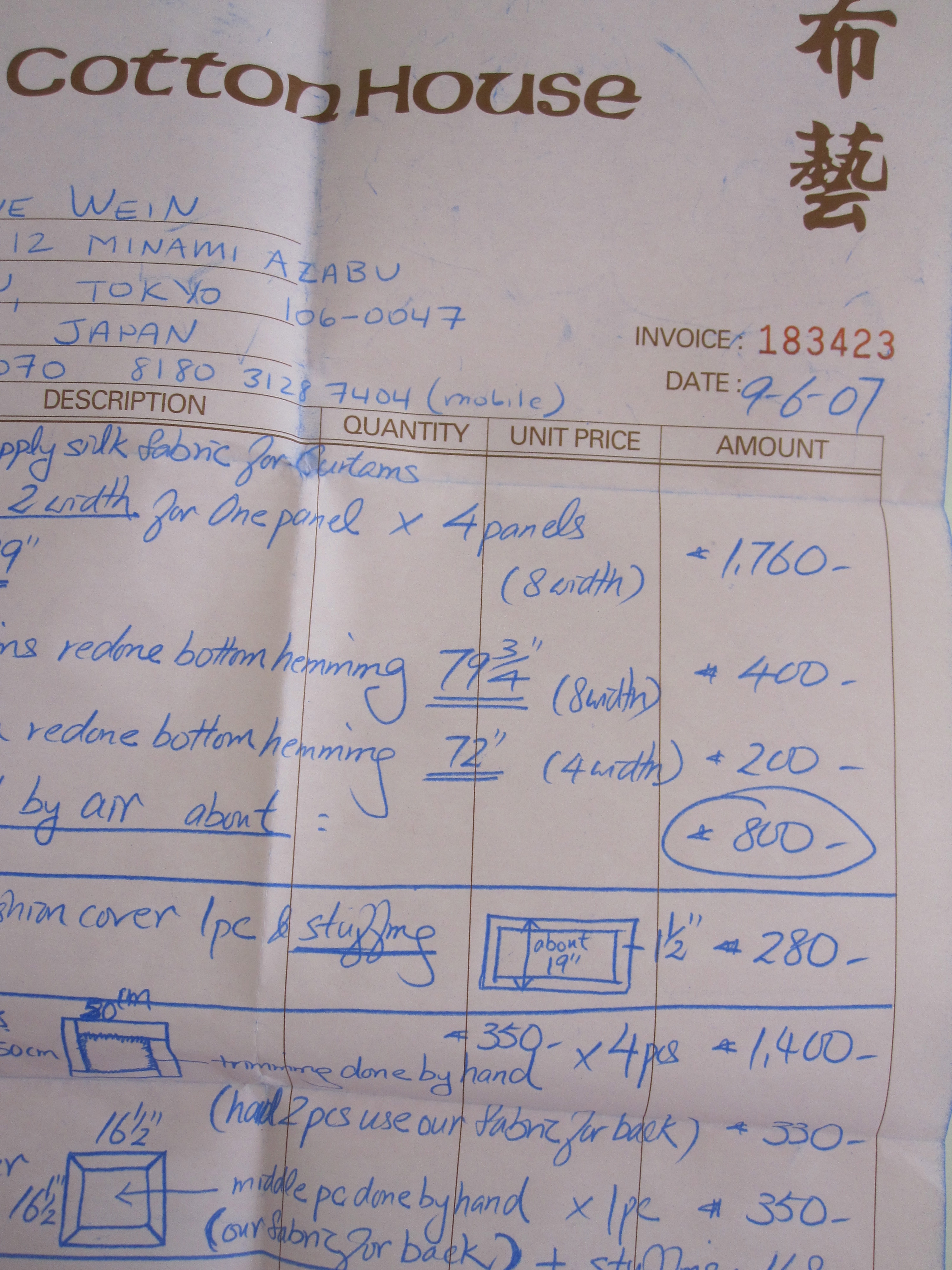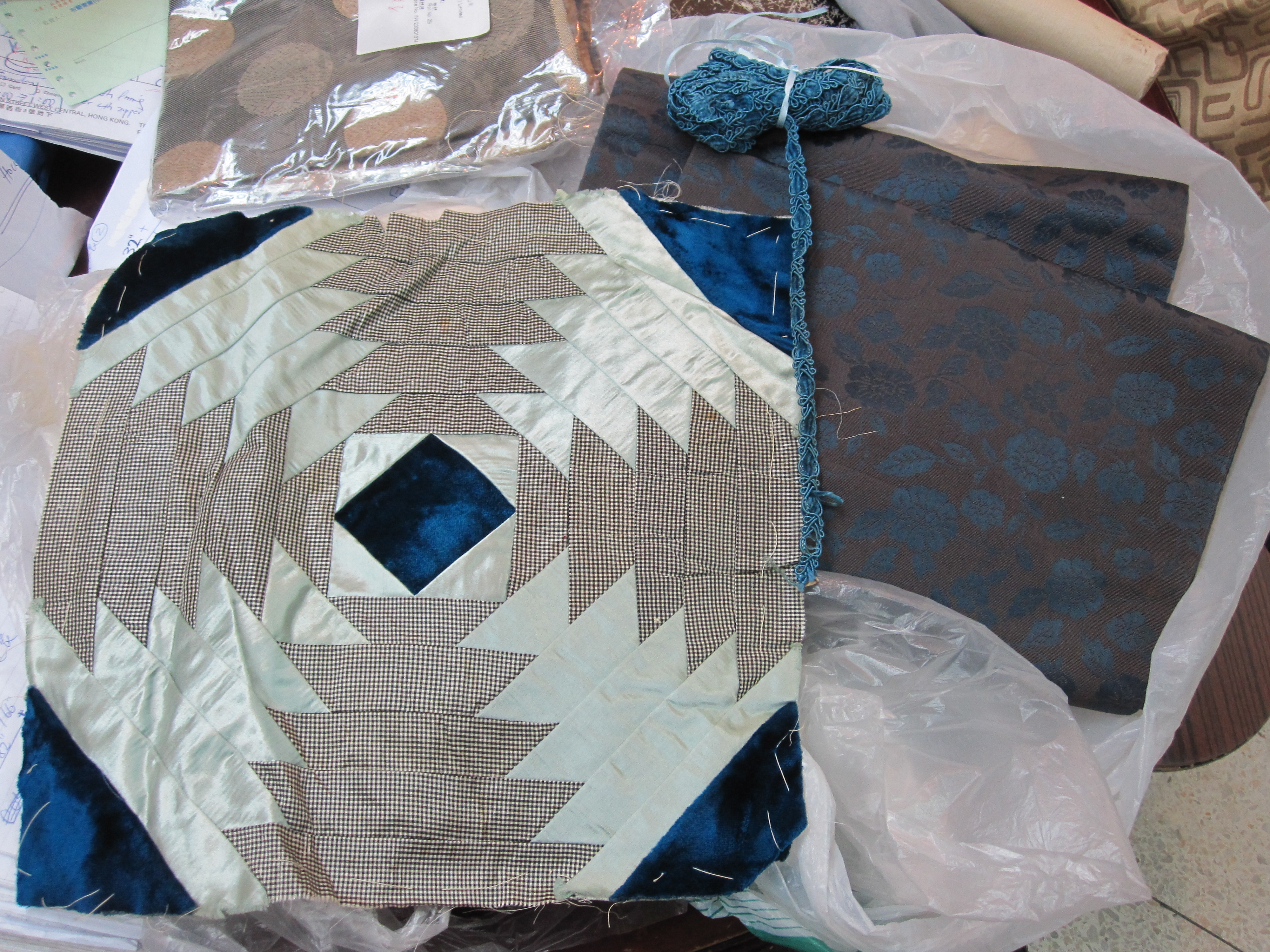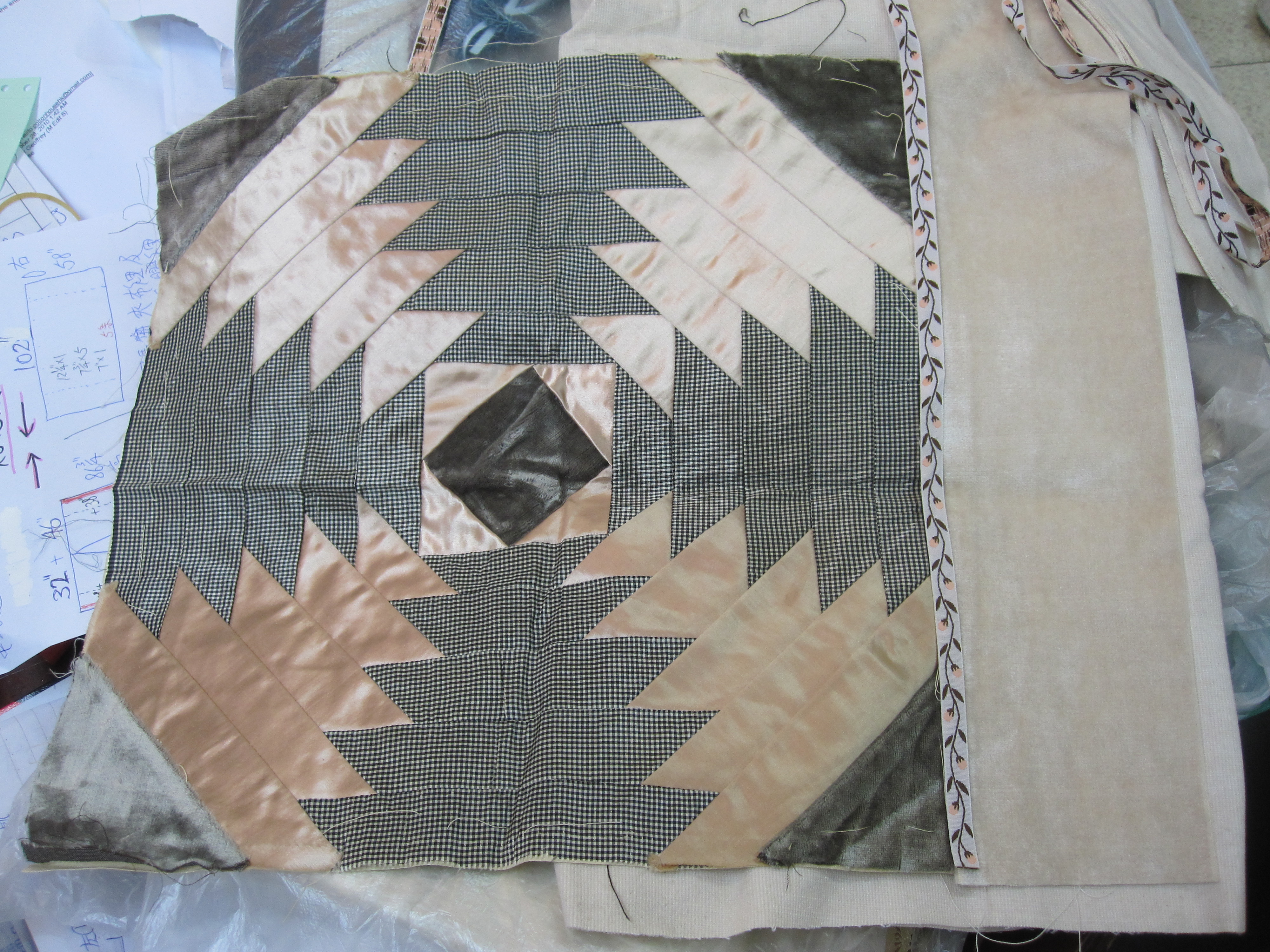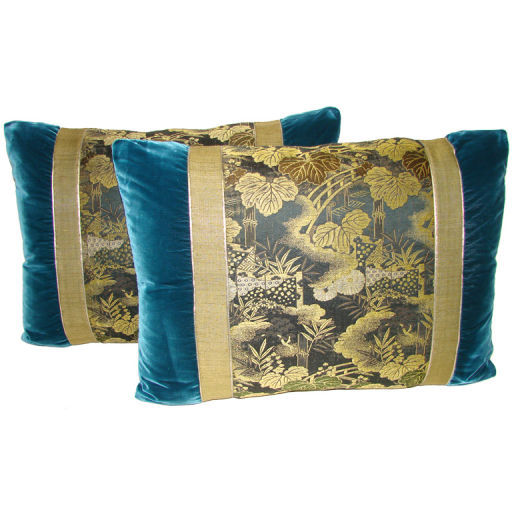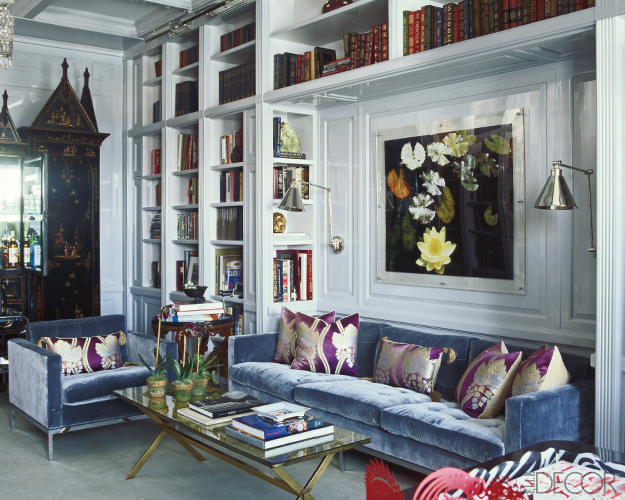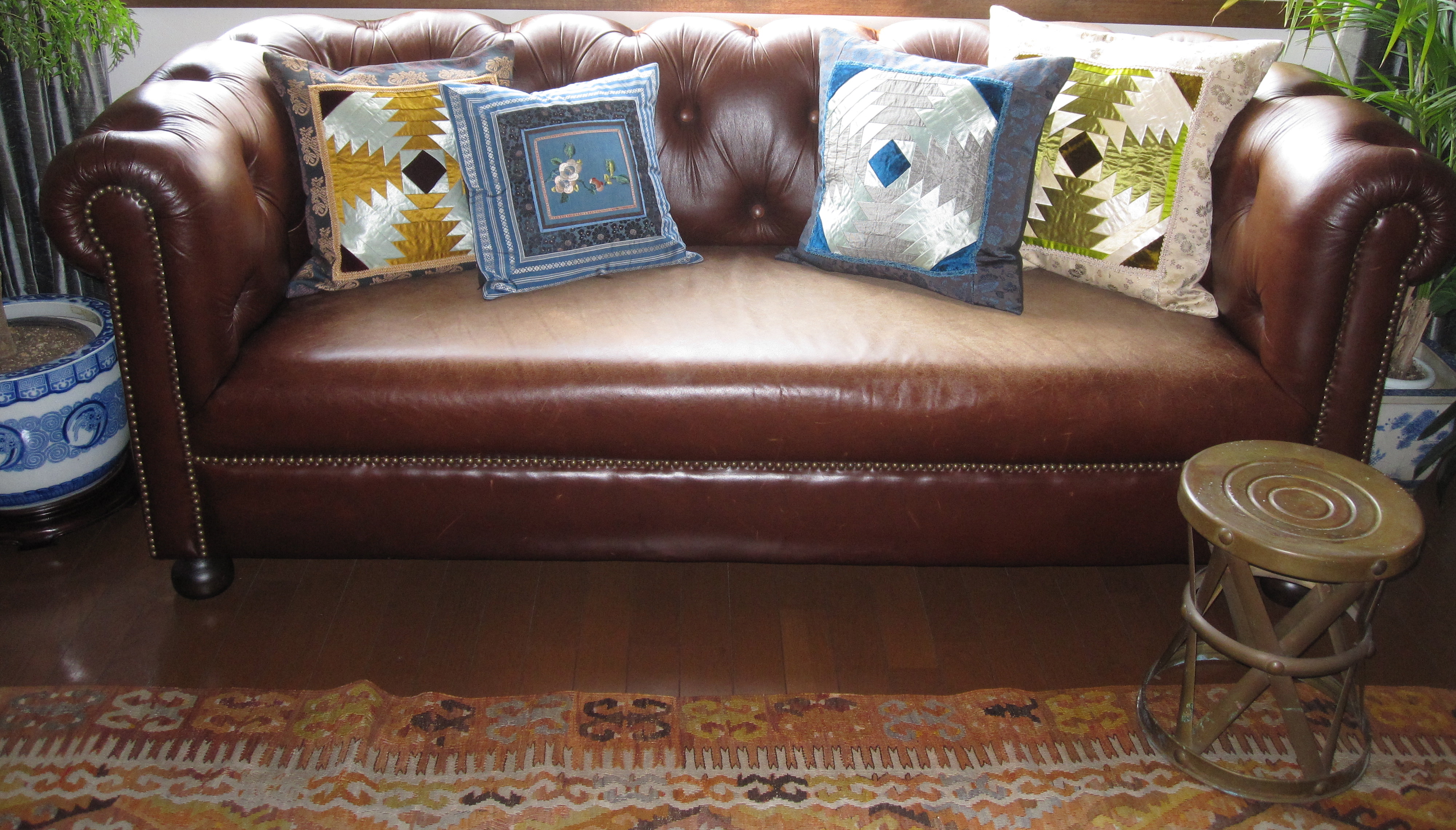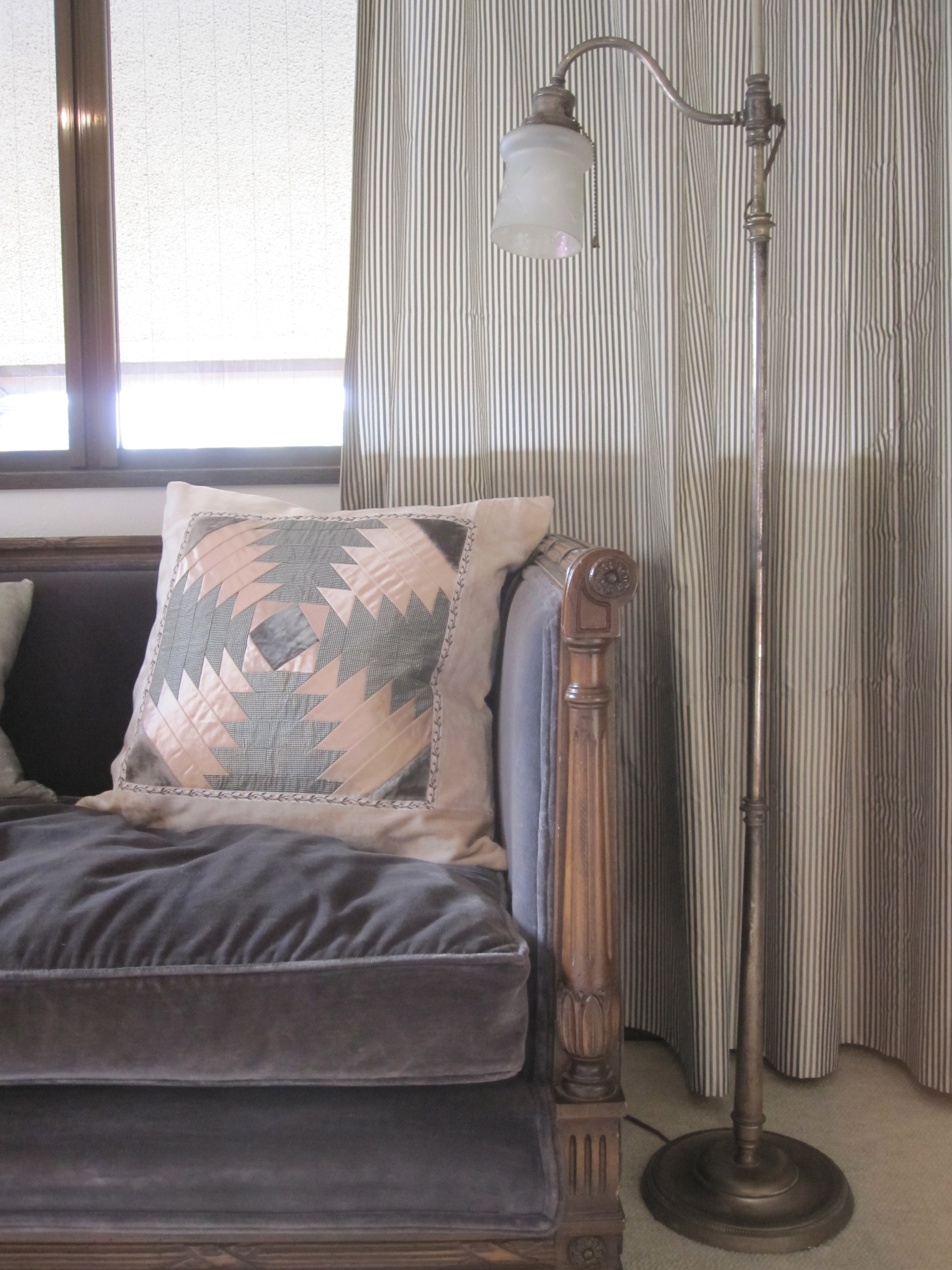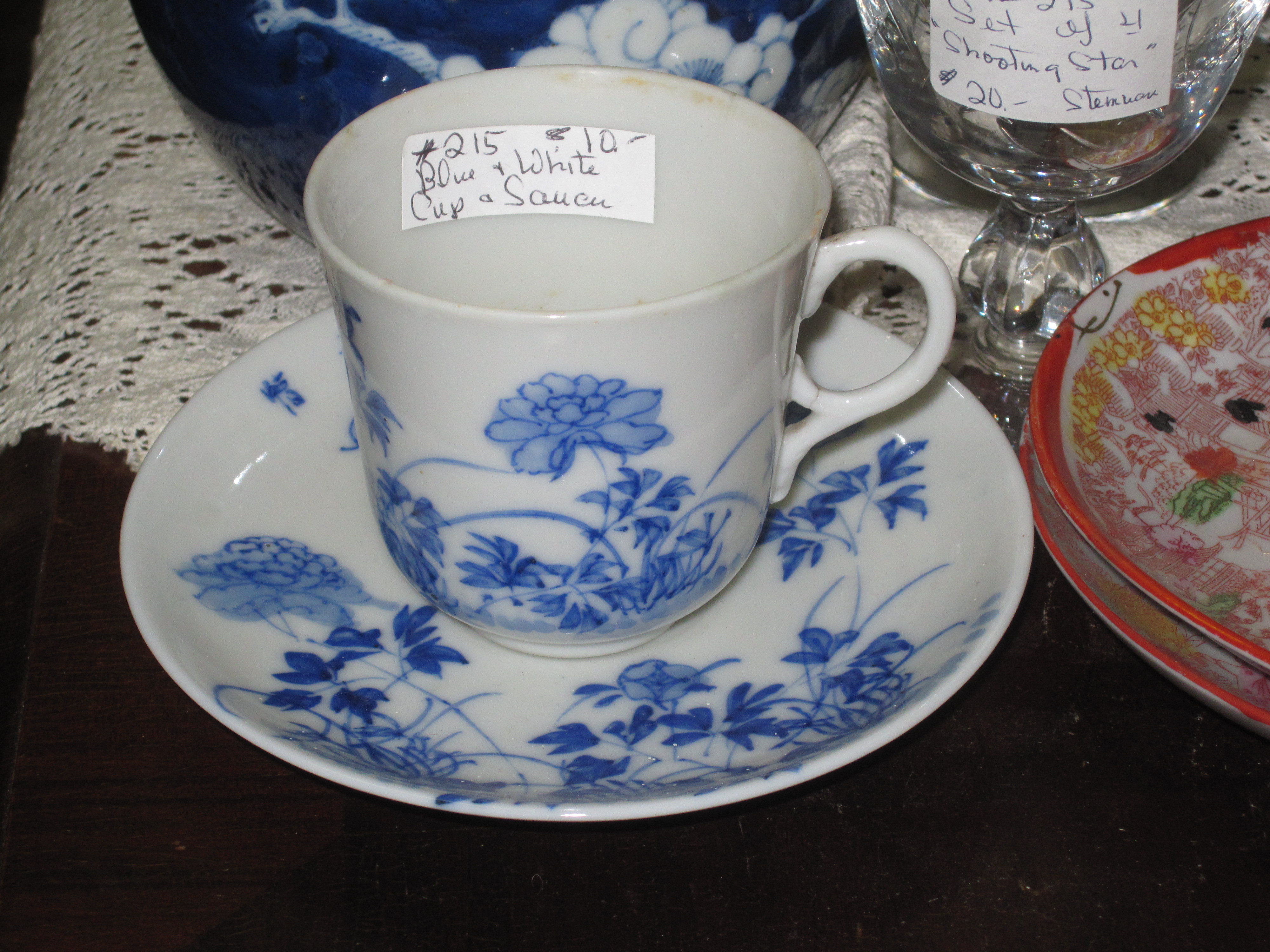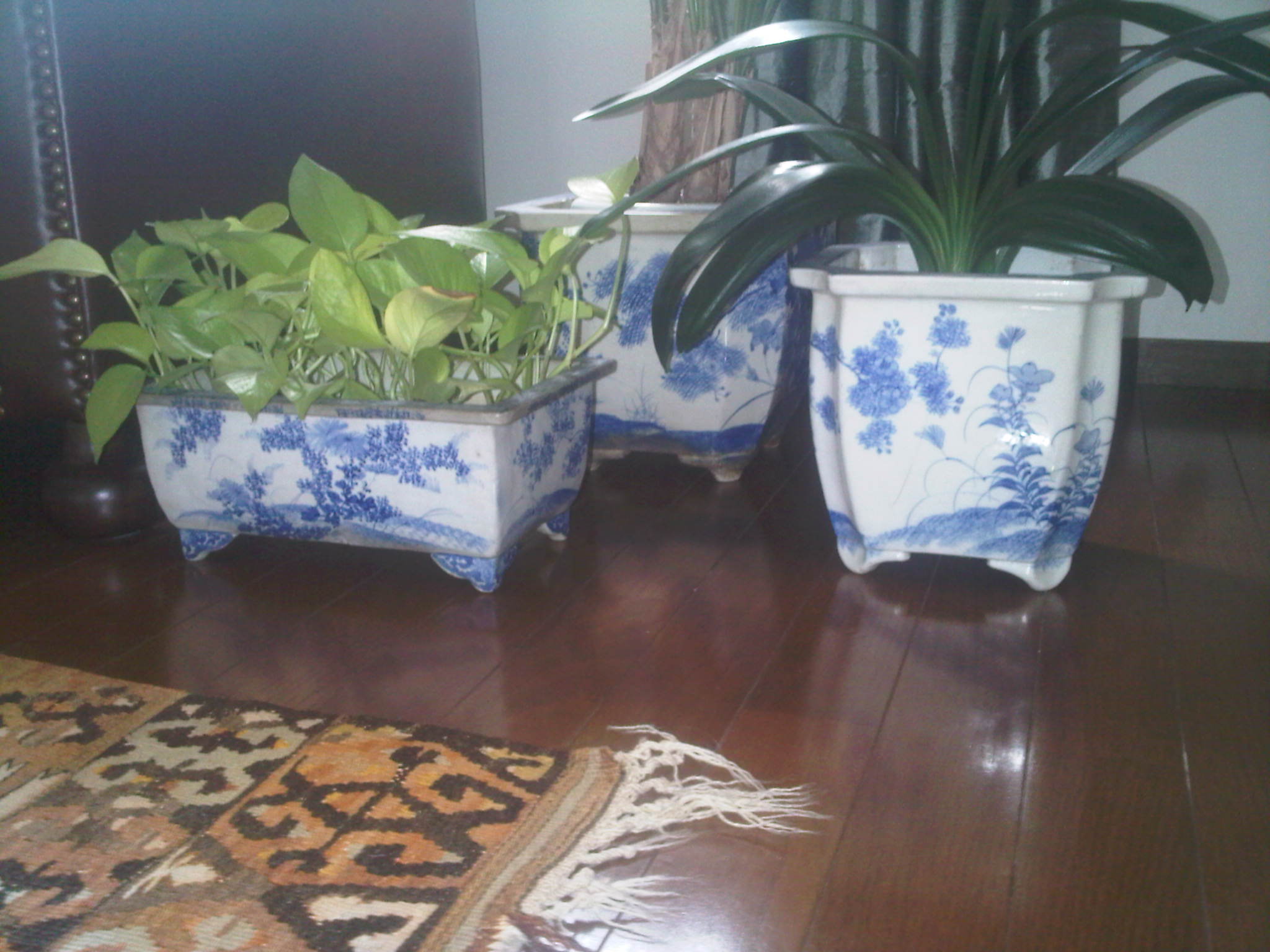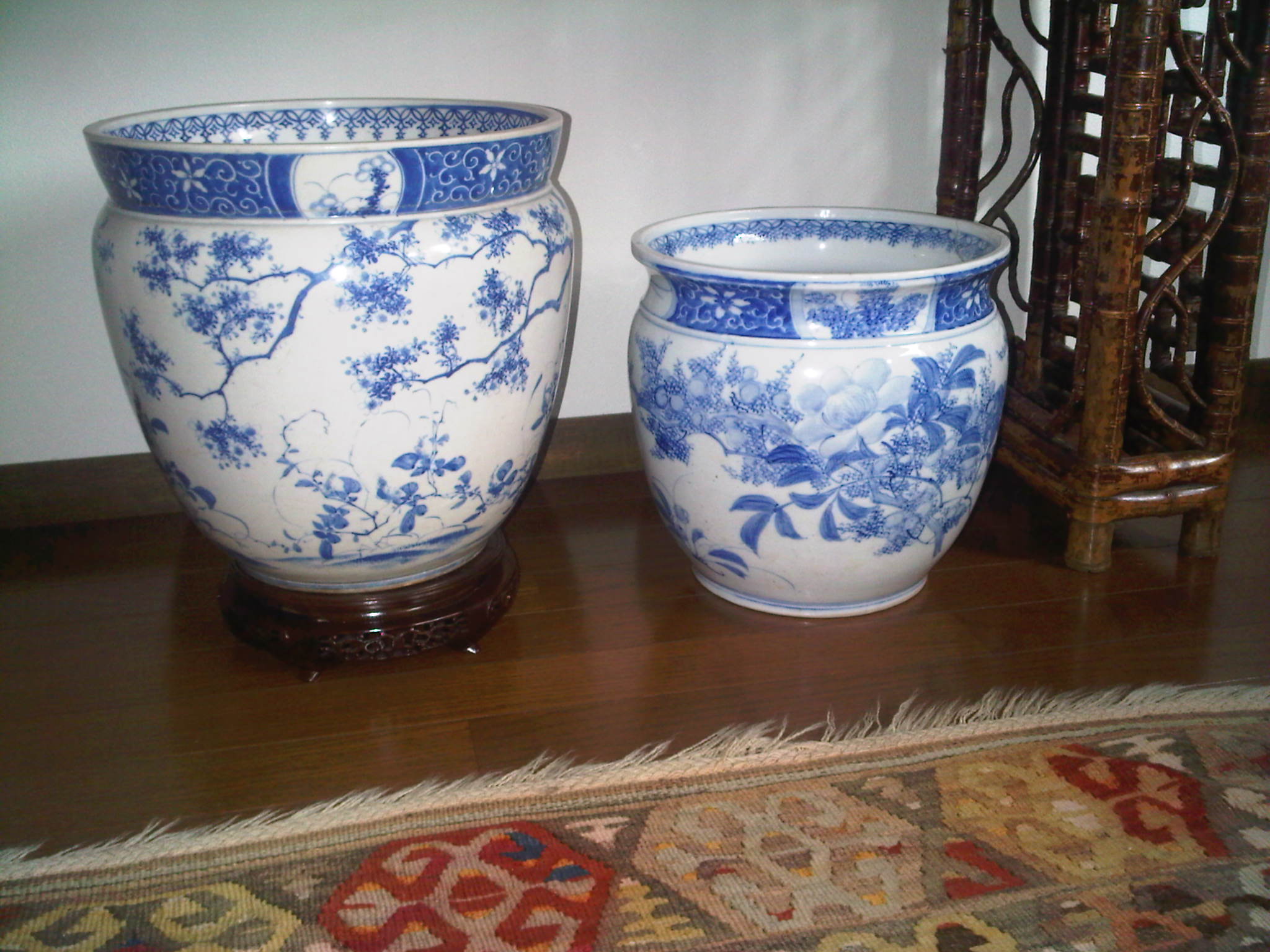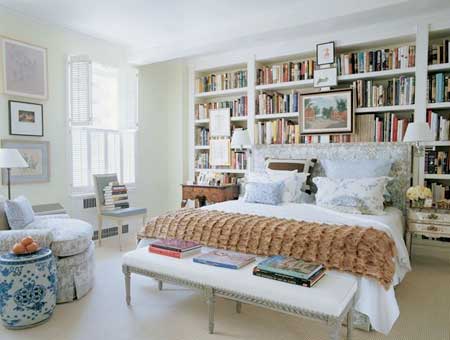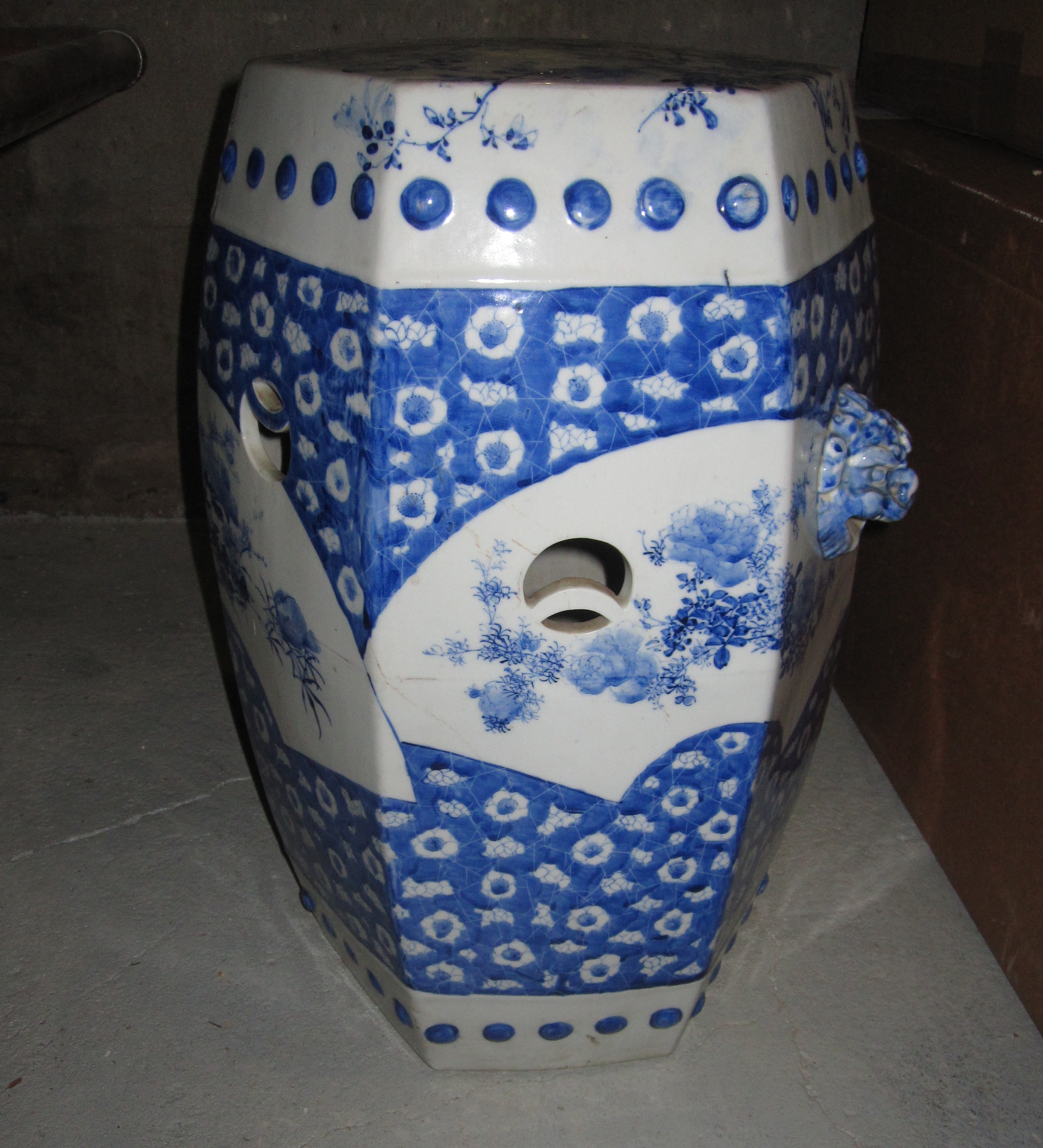What do Victorian crazy quilts sewn in America and antique Japanese porcelain have in common? Well, like the face that launched 1000 ships, Japanese art and wares displayed in the 1876 Centennial Exposition in Philadelphia launched an almost instantaneous and frenzied fad among American quilters.
While trading with the East had gone on for centuries, most of that trade centered on China. Only the Dutch and the Portuguese had access to Japan and even that was quite limited to a small port at Nagasaki. In 1854, that all changed with the arrival of Commodore Perry and the opening of Japan to the West. While this event radically transformed every aspect of Japanese society, the result in the US was a jumpstart to the American imagination. The effect was truly profound and hard to imagine for us here in 2010 as we are bombarded with new ideas instantly and constantly. The Japanese aesthetic, with its hand work, asymmetry and natural motifs had simply never been seen before by the average person. The quality of the Japanese items at the Centennial also contrasted so strongly with the new shoddy industrial made products of the US and other Western countries.
The fascination with these exotic new ideas translated into the decorative arts almost overnight and there is no better example than the craze over crazy quilts. It is believed that the term “crazy” quilt comes from the “crazing” of the porcelain glaze. The word “crazy” at that time would have also meant broken and irregular. The pattern design comes from a well-known Japanese pattern called “cracked ice”. Quilting designs had always been based on uniform and regularly shaped pieces of fabric, sewn into repeating patterns and then quilted in a uniform pattern as well. For the first time asymmetric and irregular patches of fabric were being cut and sewn and decorated along their seams.
Examples of cracked ice patterns abound in Japanese porcelain. Sometimes the pattern stands on its own, as in the covered bowl above, with shadings of color and decorative patterns highlighting each block. Make sure to take note of the little pattern painted inside the rim of the lid and compare it to the feather stitch used extensively on the quilt below.
This plate is even simpler, with just the lines of the cracking ice painted in.
Often it is overlayed with ume (plum blossom) or even sakura (cherry blossom) to symbolize the coming of spring and the breaking of the ice.
This 1880s crazy quilt from New York State is a near perfect example of the American craft. Made of 20 square blocks, with a sawtooth border, it has all the typical aspects one would expect to find.
Unlike earlier (and later) quilts, crazy quilts were not made with a sense of thrift or recycling, even though it may seem so as they utilize bits and pieces of valuable fabrics such as silks and velvets. Nor were they made for warmth as they do not typically have a batting layer in between the top and the back. Crazy quilts were originally made by well-to-do women in the middle and upper classes to demonstrate their needlework skills and show that they had the leisure time to make completely ornamental pieces. The use of the word quilt is a misnomer – crazy quilts were not used as quilts at all – nobody slept with them. They were made to be displayed.
While irregularly shaped patches of silk, velvet, brocade, satin – anything ornamental or textured – were cut to make the quilt, it was usually too difficult to make the entire quilt completely “crazy” and the pieces were organized into square blocks, a necessary compromise.
The fabric was pieced together and decorated along the seams with embroidery stitches of all kinds, including feather stitch, chain stitch, lazy daisy, herringbone, chevron, blanket stitch and others. Detailed pictures and scenes, monograms and messages were added too.
In addition, there was a fascination with Japanese motifs. In crazy quilting this was particularly noticeable with fans and many quilts have fans in all four corners, like this one.
Unfortunately, manufacturers of the day rinsed the fabrics in metals to make them heavier and this has caused them to deteriorate extensively. In the fan below, the peach silk has rotted away, leaving only the cotton backing and the embroidery.
Crazy quilting mania trickled down the social ladder as womens’ magazines of the day ran articles and how-tos. Fancy scraps were recycled, but as the craze progressed, it was possible to buy kits with a variety of fabrics – some of which were even embroidered in advance. Cigarettes and other products were sold with bits of leftover silk as a perk of purchase. Ornamental trims like lace and beads were added. Below, you can see a Masonic Lodge ribbon from 1871 that was saved and used and if you scroll back to the full-sized photo you can see a political ribbon for Vice President used in the second block on the top.
While the 1870s and 1880s were the heyday of American fascination with the exotic, the craze for crazy quilts died down by 1910. By then, cracked ice patterns and many other Japanese motifs had fueled the Aesthetic Movement and helped to launch Art Nouveau and later Modernism.
Out of prevailing fashion, crazy quilts were usually folded up and put away, only to reappear 100 years later. The success of the 1971 Whitney Museum of American Art exhibit, Abstract Design in American Quilts, elevated quilts to the status of “real art” and launched a wave of quilt mania that built up until the 1976 Bicentennial. Since then, quilts have been collected, displayed and valued, and occasionally, as seen below, used in iteresting ways. For a modern take on an old art form, designer Steven Gambrel used pieces of a 19th century crazy quilt to upholster a chair.
A Few Hours Later…
Rather than pack for camping, I was procrastinating and reading a few blogs. One of the things I need to do is make a list of blog resources — there are some great sites about Japanese textiles/art/history etc. out there. But my favorite blogs are the decorating and design ones – they have so much eye candy for a magazine starved person like myself. This photo from Abbey Goes Design Scouting cracked me up and I had to post it. She calls it an “unapologetic interior”! Talk about crazy quilt-a-mania…

Image Credits: 1. Philly History Blog, 2-13. me, 14. House and Garden, April 2002 15. Vogue Guide to Patchwork and Quilting Vintage




